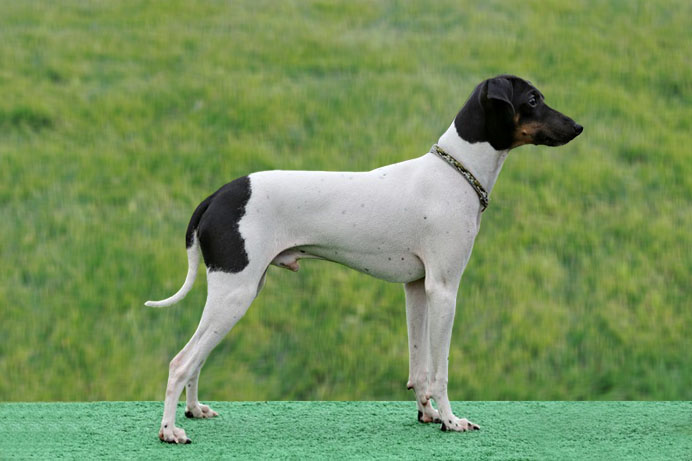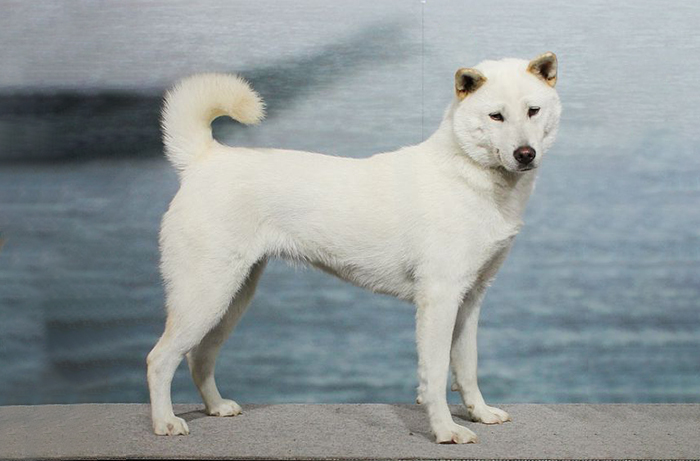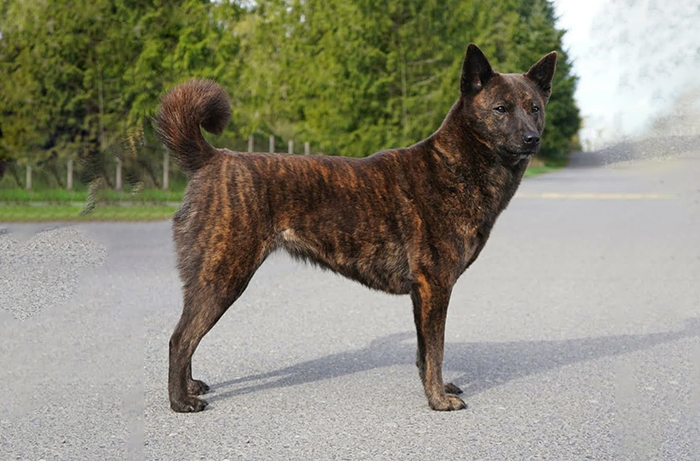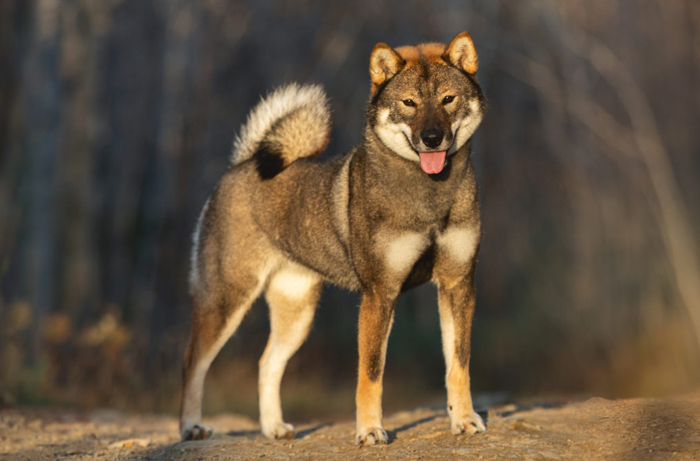Menu
LABRADOR RETRIEVER
a good choice as family dogsJust fill out your Name and the Email.
The message has already been written.
Note: We will send you a confirmation email right after you submit it. If you haven’t seen the confirmation email within 5 minutes even in spam. That means your typed email address has a typo. Please re-confirm your email and re-send it to us.
Some FAQs about Labrador Retriever
In general, Labrador retrievers are excellent family dogs, as long as you keep in mind their need for exercise and training. These are dogs bred to work and work hard and they love to have jobs to do, particularly retrieving.
Yes and No. Labradors are capable of barking a lot if they are bored and under-exercised. However, they are smart dogs and can be easily trained to bark less. Just like most dog breeds, Labs do bark and for a variety of different reasons. Without plenty of physical stimulation and social interaction, Labs will bark more than normal, possibly to excess, due to their pent-up energy.
No. The Labs are not hypoallergenic. Labrador Retrievers do shed a lot! If you are allergic to dog hair and dander yet love the Labrador, you may consider the Labradoodle (Labrador x Poodle mix).
Labradors need exercise. Living in an apartment makes them dull and obese. We do not recommend Labs for apartment living. If you must keep a Lab in an apartment – you should exercise regularly, consider a low-fat diet designed to match their activity level, and groom them regularly to keep the hair out.
Labradors can be left alone for no more than 4 hours as they can have separation anxiety. Lab puppies should be left for even less – one hour for each month of age – again up to 4 hours. Labs should certainly not be left for 8 hours or all day as they’ll become destructive and anxious.
The median longevity for all labs is about 12 years, while the median age for chocolate labs was 10.7. Overall, Labrador retrievers are still one of the longest-living dog breeds, reported another recent study.
5 ways your dog shows love
- Wagging their tails. A dog’s tail is used to communicate a range of emotions, but a friendly wag and a smile on their face is a sign your pup is relaxed and happy that you’re around.
- Licking you. …
- Following you around. …
- Leaning or sitting on you. …
- Playing!
In fact, they may not even be aware that their Lab has a clear preference for one person. The beauty of Labrador Retrievers is that there is plenty of love and affection to go around. As long as each member invests in quality time with their pet, they should never feel left out or loved any less.
No. Labrador Retrievers are not good guard dogs. Labs have been bred to be unaggressive and friendly. They are medium-sized dogs that do not look intimidating, either. It would be best if you did not rely on a Lab to guard your property or home. Although they may bark at strangers occasionally, this is not a guard dog breed.
How to buy Labrador Retriever in Japan?
STEP 1: Contact Us via:
To get the fastest response, we recommend you message us via Whatsapp.
STEP 2: Tell us you want a Labrador Retriever and we are happy to hear more about other details like: gender, coat color, your expense, and your special request if you have one.
To save time, let fill out the form below with something like: Hello! or I need a dog. and that is enough to start our good cooperation.
*Please Note: It is difficult to know which breeder is trustworthy when you are in another country. But fortunately there are reputable associations that can guarantee the quality of breeders who are members of their association. These can be mentioned as Japan Kennel Club – JKC, The Kennel Club of Japan – KC or Nihonken Hozonkai – 日保 and many other associations (JABC, JCC, ICC, CPRO, JCU, KCP, ACC, CCJ, KCC, NMSA, WCA, JMSA, ZCC). Dogs and Cats sold by breeders belonging to these associations are always accompanied by a pedigree certificate.
JP-Pets will act on your behalf, carry out the necessary export procedures quickly, accurately and professionally to ensure that the dog can be delivered to your hands. About exporting methods, you can see more here: Exporting Methods.
Talk to us and get a free consultation from our experts.
LABRADOR RETRIEVER
Labrador Retriever
One of the most familiar dogs, the Labrador Retriever has been topping “popular dog” lists for at least two decades. The dogs from which the present-day Labrador Retriever descended were not from Labrador, as is commonly supposed, but from Newfoundland. Here, from the 18th century onwards, black dogs with waterproof coats were bred by local fishermen and used to help tow in catches and retrieve escaping fish. Dogs of this early type no longer exist, but a few were brought to England in the 19th century and these led to the development of the modern Labrador Retriever. By the early 20th century the breed was officially recognized and continued to be much admired by field sportsmen for its excellent retrieving skills.
Today, the Labrador Retriever is still widely used as a gundog and has proved efficient at other types of work, such as tracking for police forces. In particular, its steady character makes it a superb guide dog for the blind. However, it is as a family dog that this breed has gained great popularity. The Labrador Retriever is loving and lovable, easy to train, anxious to please, and reliable with children and household pets – but it has too amiable a character to make a good guard dog.
This breed has energy to burn and needs to be kept mentally as well as physically active. Long daily walks are essential, preferably with the chance to have a swim along the way. If this dog sees water, it will plunge straight in. Under-exercised and left to its own devices, a Labrador Retriever may be given to excessive barking or become destructive. It tends to gain weight quickly, and lack of exercise combined with its insatiable appetite can lead to weight problems.
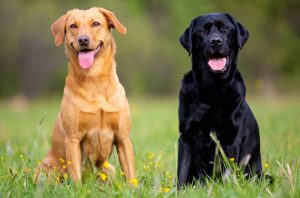
The Breed History
This breed, the most popular breed in North America, took its name from the province of Labrador-Newfoundland in Canada, where this hardy breed was first reported in the early 1800s. They were exported to England not long after, and recognized by the English Kennel Club in 1903. AKC registrations began in 1917.
Physical Characteristics
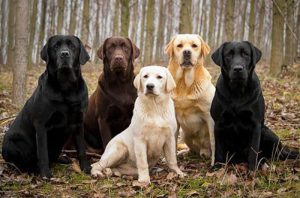
Height at Withers:
Female: 21.5-23.5” ( 54.5-59.5cm)
Male: 22.5-24.5” (57-62 cm)
Weight:
Females 55-70 lb (25-32 kg)
Males 65-80 lb (29.5-36.5 kg)
Coat: Their glossy water-resistant coat is flat, dense and short, and comes in three colors: black, chocolate and yellow. They have a soft wooly undercoat that provides insulation and water resistance.
Longevity: 11-13 years
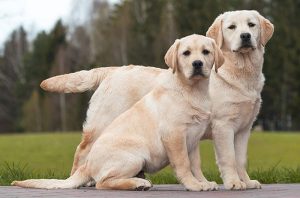
Recognized Behavior Issues and Traits
These dogs are famous for their placid, loving temperament. They enjoy play and need lots of human contact. Their loyalty and intelligence make them a treasured companion dog. Good with children and other pets, they are also easy to train but they need to be trained from an early age. They require both mental challenge and physical exercise for good health. If bored, they may resort to chewing. They are average shedders that need only routine grooming care. They gain weight easily.
Looking for more of other Dog breed information
JAPANESE TERRIER independent, active, crisp, and lively I <3 Japanese Terrier! The quick message here! Just …
HOKKAIDO DOG skilled hunter, devoted companion and trustworthy watchdog I <3 Hokkaido Dog! The quick messag …
SHIKOKU INU intelligent, loyal and alert I <3 Shikoku Inu! The quick message here! Just fill out your Name …
…
BERNESE MOUNTAIN DOG sweet, calm and easygoing I <3 Bernese Mountain Dog! The quick message here! Just fill …
<a class="" …

